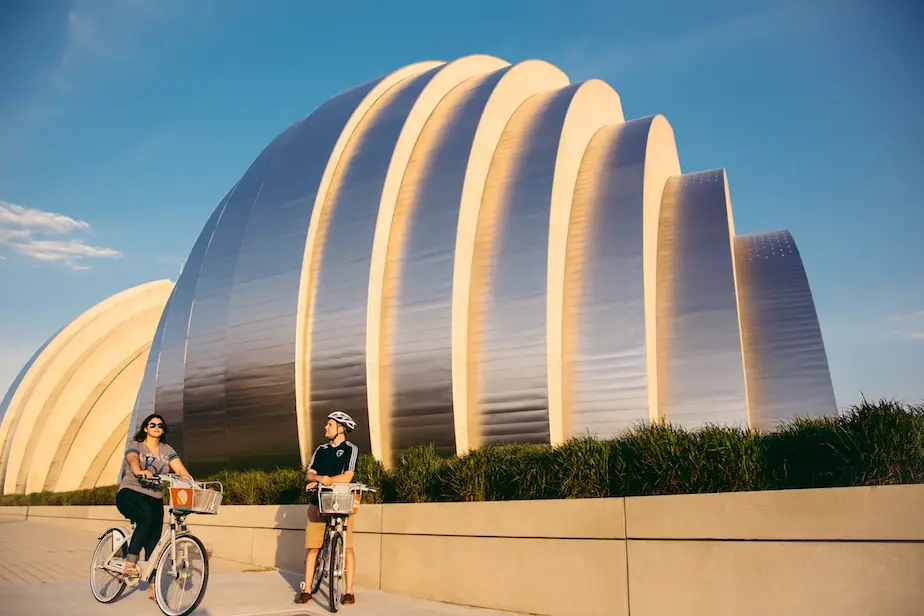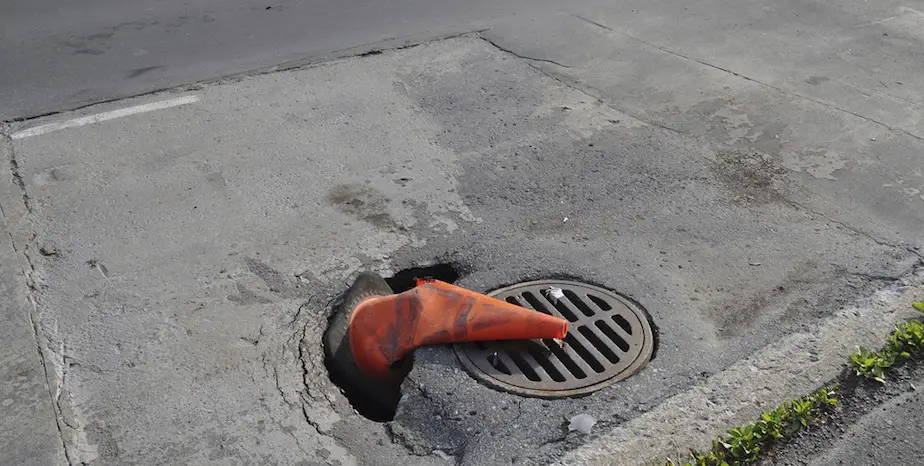The Rise of the Suburbs: What Will Become the Future of City-Living in Christchurch?
In a suburb called Ilam, only 5 minutes’ drive away from the “red zone” in the earthquake-struck city of Christchurch, lives and works Richard Gardiner, a retired high school design teacher. His one-and-a-half-storey bungalow, built in 1927, was relatively unaffected by the earthquake. “We are very fortunate,” he said and took a moment to reflect before continuing. “We had no major structural damage to the house apart from the chimney. The day after the earthquake I climbed onto the roof to take down the remaining bits of chimney. A silly idea I realised afterwards, with all the relentless aftershocks!” he said. Gardiner set up his architectural model making business Scaled Down not long before the earthquake shattered the city on 22 February 2011. The disastrous event unexpectedly turned what began as a personal hobby into a full-time career. “I would say 75% of the commissions are from ordinary people wanting to keep something to remind themselves of their destroyed houses, and more importantly, the memories they built in them,” Gardiner said. With the opportunity for renewal also comes the tension of how much of our past we should hold onto.
Almost 3 years after the catastrophic day, standing in the midst of vast gravel fields of the Central Business District (CBD) where office buildings, hotels and restaurants once stood, I certainly have difficulty picturing what the city, my hometown since 1994, used to look like. As a high schooler in the mid-nineties, my usual hangouts were limited to friends’ houses, suburban malls and numerous neighbourhood parks, while taking the bus to “the city”, “the (Cathedral) Square” or “Hoyts on Moorehouse Ave” was a special and almost rebellious action. Not that there was anything particularly exciting in the CBD, but at least it was a good place to watch tourists with large cameras hanging from their necks, see who is winning the Giant Chess game and, sometimes, hear the Wizard speak nonsense – or the truth – from the top of a wooden ladder. At the end of the day, after what seemed like the longest 20 minutes, I would be glad to be on the bus back to the comfort and safety of my suburban home.

The Cathedral of the Blessed Sacrament awaits future demolition or restoration. In the meantime, shipping containers support its edges.
When I turned 16, I had a weekend job in a souvenir store on Colombo Street. A short segment of Colombo Street to the south of the Cathedral Square was lined with restaurants and shops then, mainly serving foreign tourists, and in turn activating the otherwise quiet CBD. In the following decade, I would frequently visit my hometown from Auckland, New York or Sydney, and enjoy its slow-paced suburban life as well as urban renewal projects in the CBD: the Christchurch Tram reappeared after 41 years of absence, as a tourist attraction; the City Mall underwent significant facade and landscape upgrades to become more pedestrianised; public buses became better organised at a central bus interchange; and a new NZ$47.5M art gallery became a welcome addition to the arts precinct. All of them are now partly or completely closed due to post-earthquake repair works.
Now constant road works and the lack of amenities in the CBD are driving businesses to relocate to or start new in the suburbs, begging a question that needs to be asked: what characteristics do we intend our suburbs to have? While suburban malls like the Westfield in Riccarton have been busy around the clock with the loss of CBD, earthquake-displaced boutique stores were left with no place to go for a while. A recent redevelopment of a former tannery site in Woolston, rightfully called The Tannery, is already proving to be a success. The 1.8-hectare site is to house 70 tenants when completed, including a pilates studio, an art gallery, bars and shops. “No corporates. We only accept boutique retailers. Keep things nice and local,” Bruce, a project manager of The Tannery, said.

The newly-developed retail site, The Tannery, attracts visitors from all over Christchurch despite its distance from the city centre.
Julie, a manager at a home store called Cosi Fan Tutte, likes being able to stay close to her neighbourhood. “The earthquake changed everything from the way we shop and work, to the way we socialise. To be honest, I hardly used to spend much time in the CBD before the earthquake, apart from picking up a few things from Ballantynes (department store). And now, I never go there. The roads are bad, and there are more stores popping up in my neighbourhood. I shop here, work here, live here and socialise in friends’ homes. There is a stronger sense of community than before but I do miss live music – there aren’t that many places to go for entertainment,” Julie said.
Hornby, one of the damage-free suburbs, is also booming. Mitre 10, a giant hardware store, set up a mega store there following the earthquake. Next door, other big boxes selling things like curtains, paint and bikes followed suit. (Canterbury Earthquake Recovery Authority has wonderful mapping of rebuilding efforts including the current status of demolition/building works, population change, and “anchor projects” in the CBD.)
However, this unique opportunity to recast a vision for Christchurch must not look at the suburbs and CBD in isolation. Evan Smith, a community organiser of CanCERN (Canterbury Communities’ Earthquake Recovery Network), argues the city must be built upon “village values”. In the first instance the phrase scares me (and also reminds me of Howard’s diagram of The Three Magnets, where he advocates values of Town-Country). A city is not a collection of suburbs, it is not a village or a town. A city must aspire to innovation, culture, education, creative arts: it must be a hub that fosters congregation of people in an organised and accidental manner. I appreciate “Village values” interpreted as self-organising communities that help each other at times of needs or as a set of more independent infrastructure systems. I also don’t see the suburb as the devil in urban development – some folks like my parents enjoy living in their suburban house of 20 years with a large vegetable patch, two cars, and kind neighbours. However, the City of Christchurch must not go back to its past that had two separate entities: the CBD for working and suburbs for living.

New bike lanes are encouraging residents to cycle more. The network is still far from complete, but it is a start. Check out the Network Map.
While the city presents an ambitious vision for a new CBD with various specialties from Retail Precinct to Health Precinct, it is not clear, without residential or mixed use mapping, how these precincts will accommodate and foster vibrant city living. Cafes, restaurants and bars alone do not make public spaces vibrant; people do. The city centre needs to be a place for living, not just for working or socialising. In contrast to suburbs that can take on distinct, excluding characteristics over time, Christchurch Central Development is an opportunity for more diverse, walkable, mixed communities in the city centre. One that I hope, will encourage my parents to try out city-living as they reach their 70s.
Julia Suh is a registered architect and urban strategist based in Sydney, Australia. Read more on Julia’s observations at her urban research blog Urbia.


